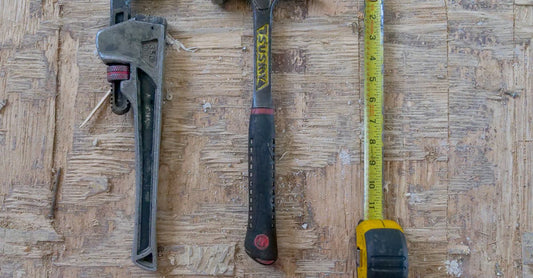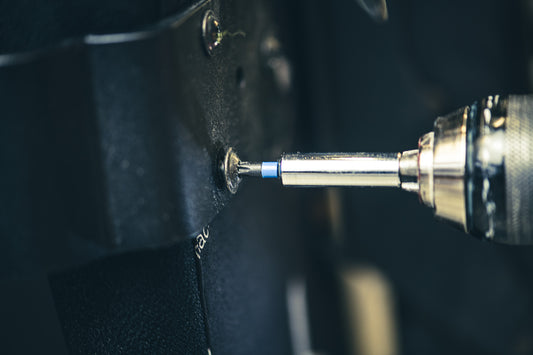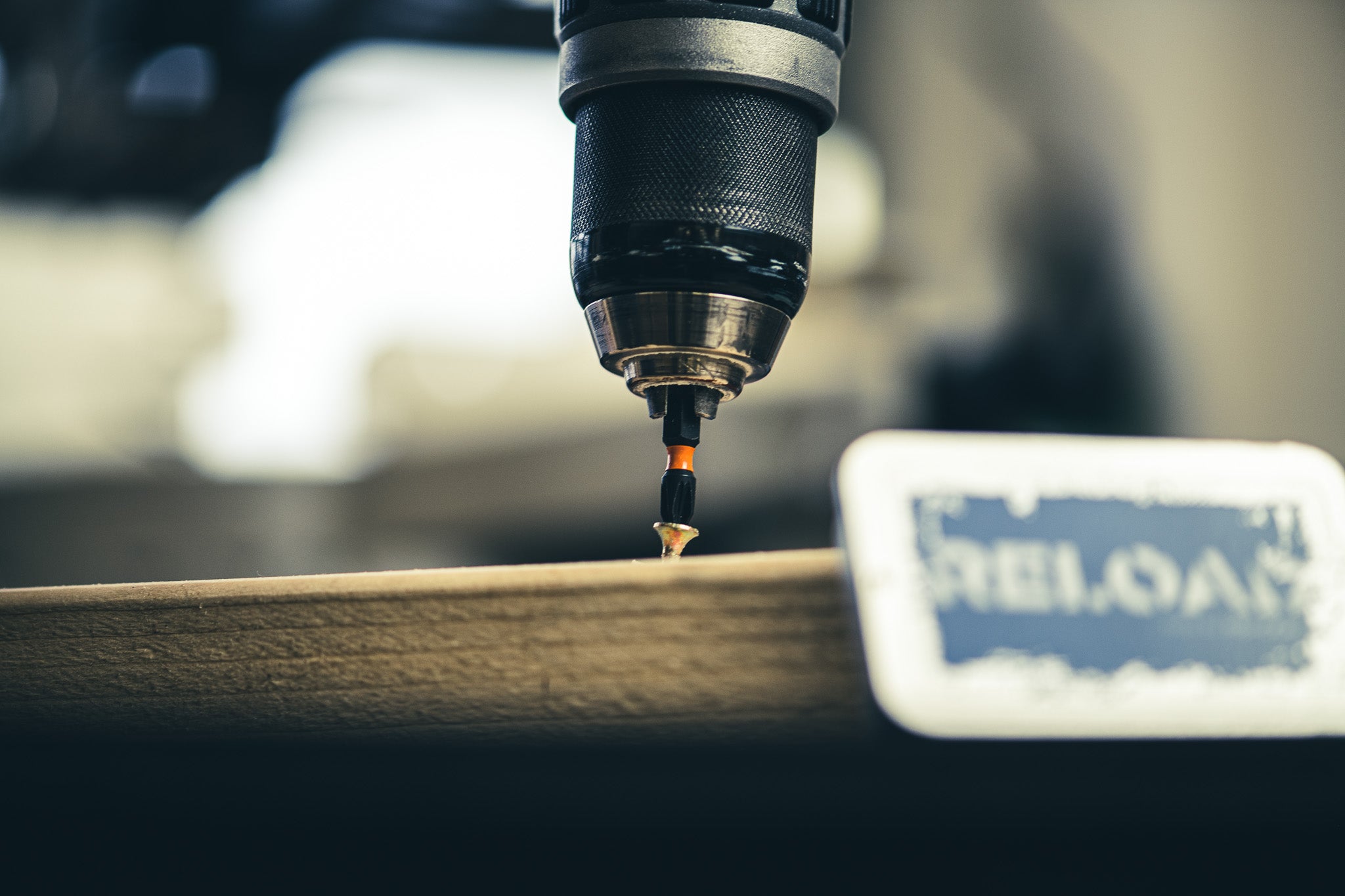grund fawlt protek-shun dev-is
Ground, Fault, Protection, Device
A device that provides protection from electrical faults in the ground.
Example usage: The electrician installed a ground fault protection device in the circuit.
Most used in: Construction, electrical, and plumbing industries.
Most used by: Electricians, plumbers, and other trades people.
Popularity: 8
Comedy Value: 3
Also see: Ground Fault Circuit Interrupter (GFCI), Earth Leakage Circuit Breaker (ELCB), Residual Current Device (RCD), Residual Current Circuit Breaker (RCCB),
What is a Ground Fault Protection Device?
A Ground Fault Protection Device, or GFP, is an important component in electrical systems. It safeguards against electric shock and electrical fires. It works by immediately cutting off power when it detects a ground fault or leakage current between the power source and the ground.
Ground fault protection devices are essential in commercial and residential buildings. They are especially important in areas where people are likely to come in contact with electrical systems, such as bathrooms, kitchens, and laundry rooms.
The National Electrical Code (NEC) requires that ground fault protection devices be installed in all electrical systems. According to the NEC, all GFPs must be tested every three months to ensure that they are working properly.
In the United States, ground fault protection devices are estimated to save over 200 lives and prevent more than 5,000 injuries every year. The majority of these incidents occur in residential settings.
Ground fault protection devices are an important part of any electrical system. They provide an important layer of protection against electric shock and electrical fires. Without them, the risks of these incidents are significantly higher.
.The Origin of 'Ground Fault Protection Device' in Electrical Construction
The term “Ground Fault Protection Device” (GFP) was first used to describe a system of electrical safety in the late 19th century, primarily in the United States. It was first used in reference to devices that would detect and protect against ground faults in the electrical wiring of homes and buildings.
Ground faults are an important part of electrical safety and involve the unintentional connection of a live wire to earth ground. This can happen due to a variety of reasons, including loose connections, corrosion, and damaged insulation. If left unchecked, ground faults can cause serious damage to people, property, and equipment, in addition to potential fire hazards.
The first GFP devices were developed in the 1880s, with the earliest patents being issued in the United States in 1885. These early devices were primitive in design and only able to detect and interrupt ground faults in the wiring of a single circuit. Over time, GFP devices have become more sophisticated and are now able to detect and protect against ground faults in multiple circuits.
Today, GFP devices are a common feature of electrical systems in both residential and commercial settings. They are an integral part of any electrical safety system, and are required by law in many jurisdictions. In spite of their long history, GFP devices continue to be improved and developed, ensuring the safety of people and property.




